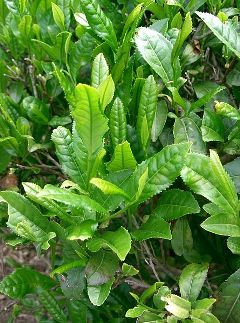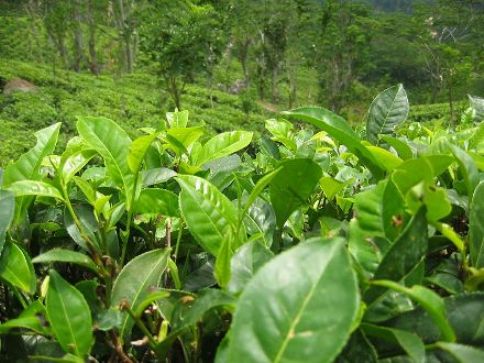Tea Plant
N
utritionCamellia
sinensis
has
chloroplasts that undergo
photo synthesis, so tea plants achieve
their energy through the sun’s chemical
energy. In addition to photosynthesis,
Camellia sinensis uses a
centralized root
system in order to retrieve water and
nutrients from the soil. This root
system is enhanced through a mutualistic
relationship with Glomermycota, where
the surface area of the root enlarges.
Once the water is uprooted from the
ground, the plant’s vascular system
moves the water up through the plant.
One type of the vascular tissues is
xylem, which transports the
synthesis, so tea plants achieve
their energy through the sun’s chemical
energy. In addition to photosynthesis,
Camellia sinensis uses a
centralized root
system in order to retrieve water and
nutrients from the soil. This root
system is enhanced through a mutualistic
relationship with Glomermycota, where
the surface area of the root enlarges.
Once the water is uprooted from the
ground, the plant’s vascular system
moves the water up through the plant.
One type of the vascular tissues is
xylem, which transports the
 water and
minerals throughout the plant. The
phloem transports organic
material like glucose to all areas of
the plant, i
water and
minerals throughout the plant. The
phloem transports organic
material like glucose to all areas of
the plant, i
Nutrition is vital, but so are Camellia sinensis' Interactions.
Copyright © 2007, Design by: Sunlight webdesign